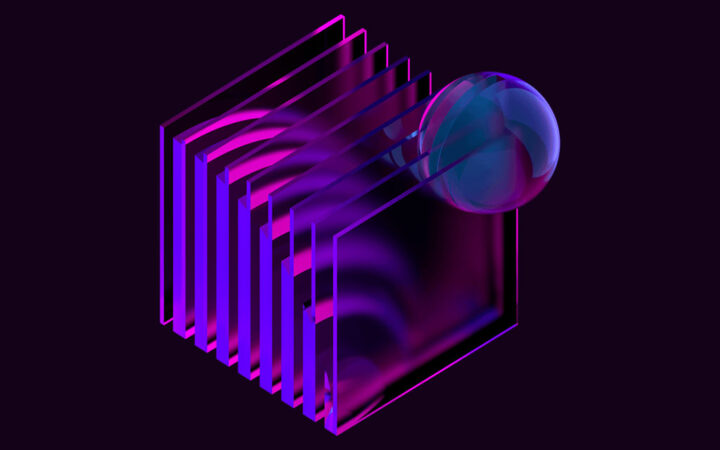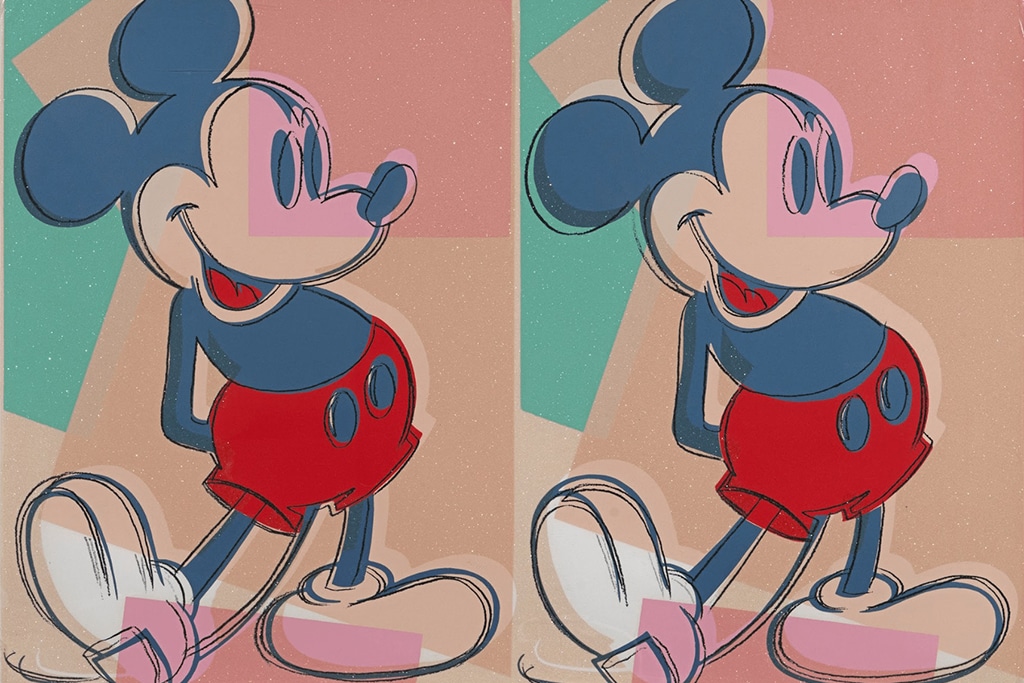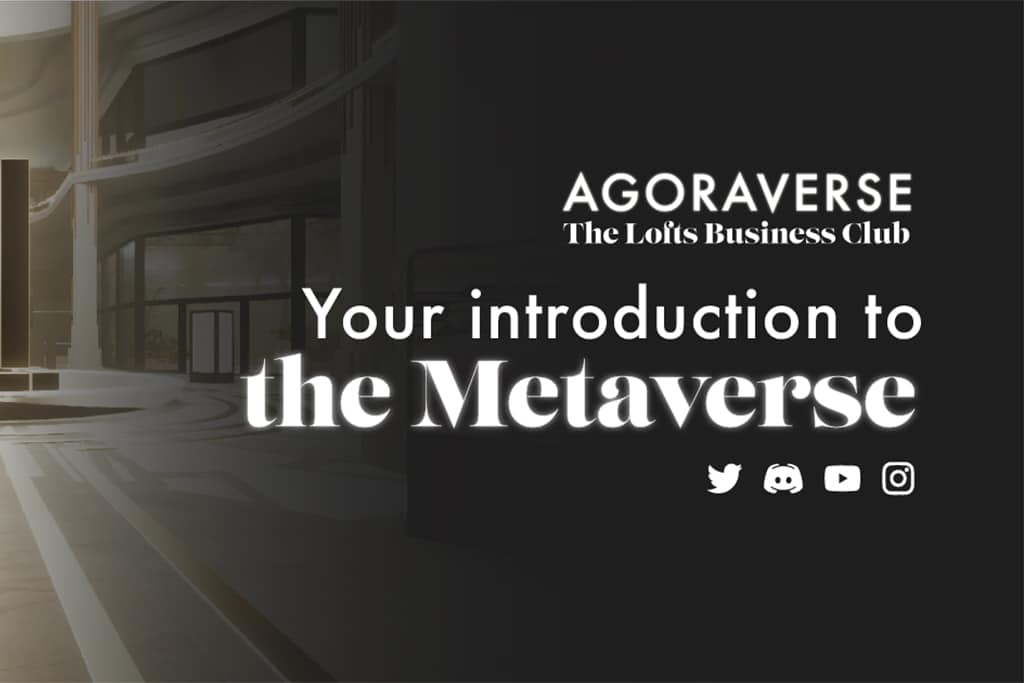
This year could see the way that we license, buy, and sell intellectual property change forever. If you want to protect your software I.P. nowadays, then you should prepare for a complicated web of trademark, copyright, patent, and trade secret laws. The overlap, or patent thicket, in the field of software makes a tedious process even more tricky to navigate without expensive legal help.
Similarly, if you are a creative or an artist, then it can be difficult to license your creative property, which is also often infinitely copyable. The digital revolution has proved a double-edged sword for artists; while it’s easier than ever to gain exposure across a wide range of media platforms, unfortunately it’s not the case that eyes on your work will translate to an income stream. Many instead sell prints and other merchandise to try and monetize their digital art.
Blockchain Could Transform I.P. Rights
There are some exciting projects coming out of the blockchain ecosystem in the coming months, and some platforms have sought to place intellectual property transactions on the blockchain. This would signal a dramatic shift of power and has potential to bring rights securely into the hands of the community.
Plans to use blockchain to create a more transparent and secure process would make it far easier to profit from I.P. and is being touted as a breath of fresh air for tech startups and creatives.
This is because the current system makes it difficult for those without significant resources and a patent attorney to effectively license and protect their patents, copyrights, and trade secrets, which all fall under the intellectual property umbrella.
How Do You Make Digital Art Scarce?
Through a blockchain-powered platform, apparently. The R.A.R.E. Network seeks to achieve this by promoting ‘permanence, scarcity, and proof-of-ownership’, which basically means that they will allow artists to auction off a limited number of copies of an uploaded original piece of digital art.
The idea follows that collectors will be able to buy art at auction and curate private galleries to showcase their findings. All purchases are planned to be completed with Ethereum smart contracts, which aims to make the transferring of assets a straightforward process.
Each artwork is uniquely recorded on the blockchain and cannot be replicated, only transferred when the contract is complete. Collectors thus have total protection over their rights to the copy they hold of an artwork, to trade at any time if they choose, while they can speculate on the future value of an up-and-coming artist’s early auctions.
It is a unique idea that could genuinely help artists and seems to be catching on ahead of its beta launch. As Wired writes:
“Rare, collectible digital art is here to stay.”
Bringing Clarity to Software I.P. Rights
In what has been dubbed an ‘international crisis in software patents’, the vagueness surrounding what a software copyright, trade secret, or patent might cover has not improved. This is not helped in a system whereby patent lawyers often draft deliberately ambiguous claims in order to broaden the scope of the patent and increase its potential value.
This has the unintended effect of making these patents harder to defend and particularly vulnerable to patent trolls. But this doesn’t have to be so, according to Legal Intelligencer columnist and patent attorney Lawrence Ashery:
“A claim can be broad without being ambiguous.”
Some suggest that the United States Patent and Trademark Office should adjust its process to ensure that patents are not granted to claims with non-specific language. If this could be adopted, then blockchain may be poised to move into the space currently under-served by the system.
The Future Might be an Intellectual Property eBay
Imagine a decentralized registry of I.P. rights accessible to entrepreneurs all over the world, linked with buyers and sellers from anywhere. Blockchain would carry some serious advantages on this type of platform – automatic and immutable smart contracts are an essential part of ensuring that both sides keep to their part of the deal – while the actual details of the rights owned could be transparently and publicly recorded, provided that the patent clearly lays out what it covers.
This is an idea jumped on by Amir Kaltak’s LEXIT platform, which aims to use blockchain technology to complete trades of companies, assets, and intellectual property looking to connect sellers and buyers on a searchable marketplace.
You could hypothetically buy a fleet of second-hand taxicabs, essentially, if a taxi firm were looking to sell the cars. But it is more specifically tailored to entrepreneurs who want to liquidise assets or I.P. and even sometimes exit a startup in the process; their partnership with Polymath demonstrates that LEXIT is here to help tech startups who are looking to pivot and raise capital.
These sorts of innovations could make life in the creative and intellectual property world a lot easier for the smaller fish, who don’t always have the resources to access the current market.
Even better, the sort of marketplace that blockchain facilitates – a decentralized, rapid, and transparent network – brings potential global reach on a scale never seen before. Be sure to watch this space, because these blockchain applications could be game changing for the way that intellectual property rights are handled.






